See Milky Way Through Telescope
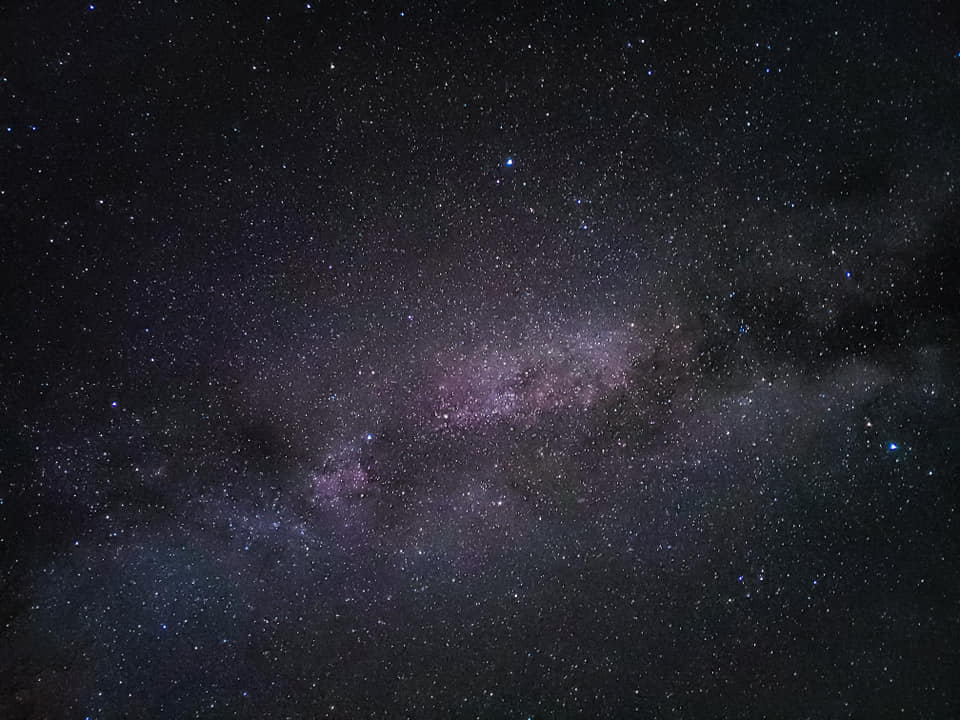
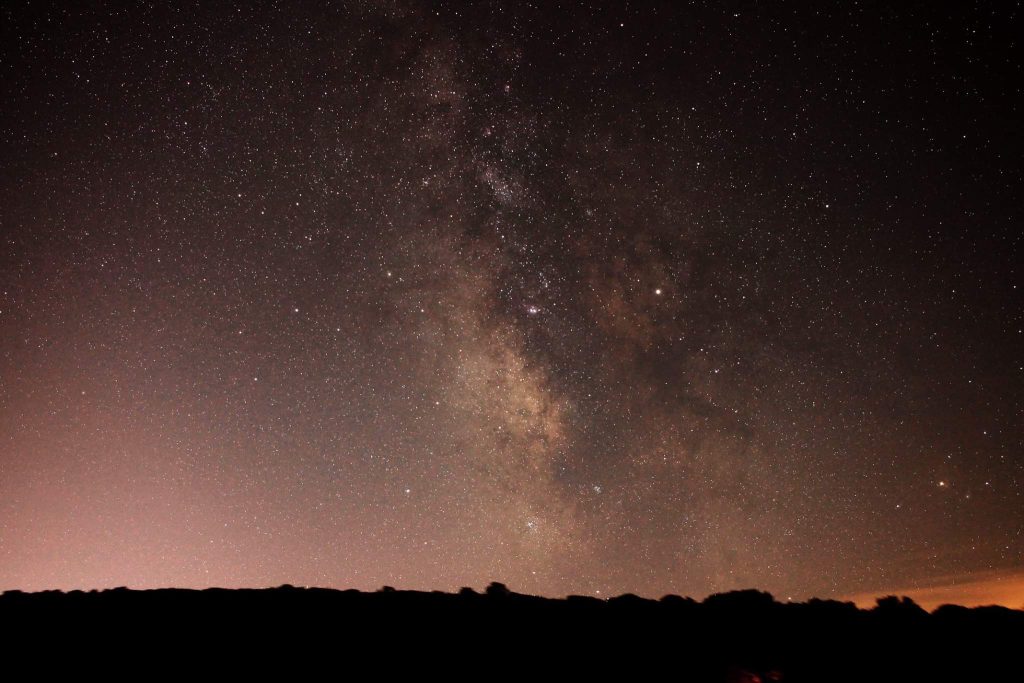
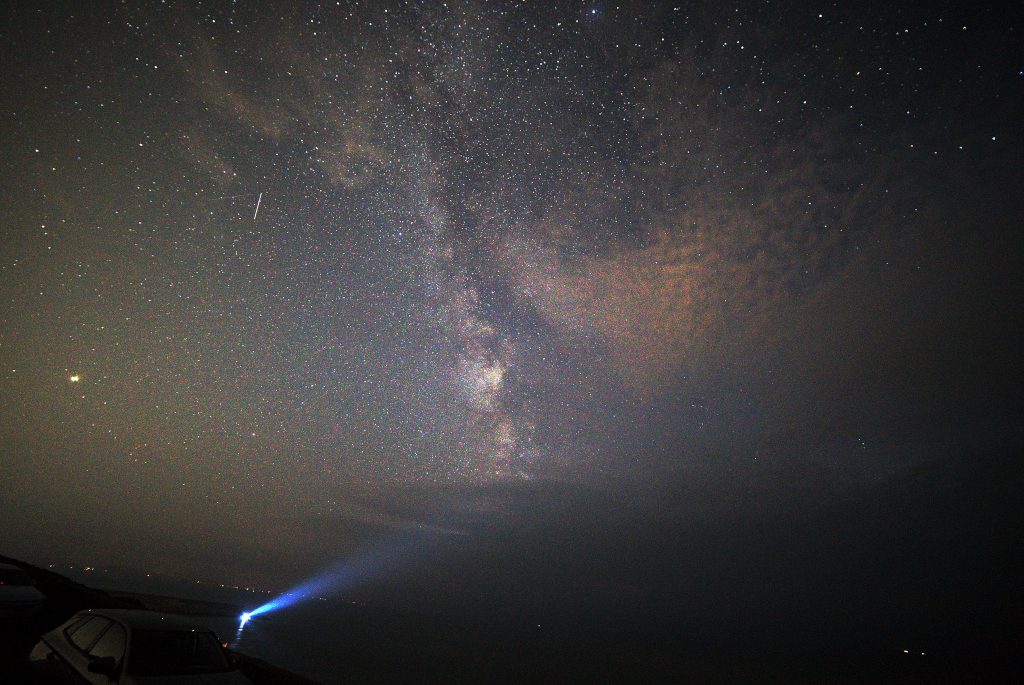
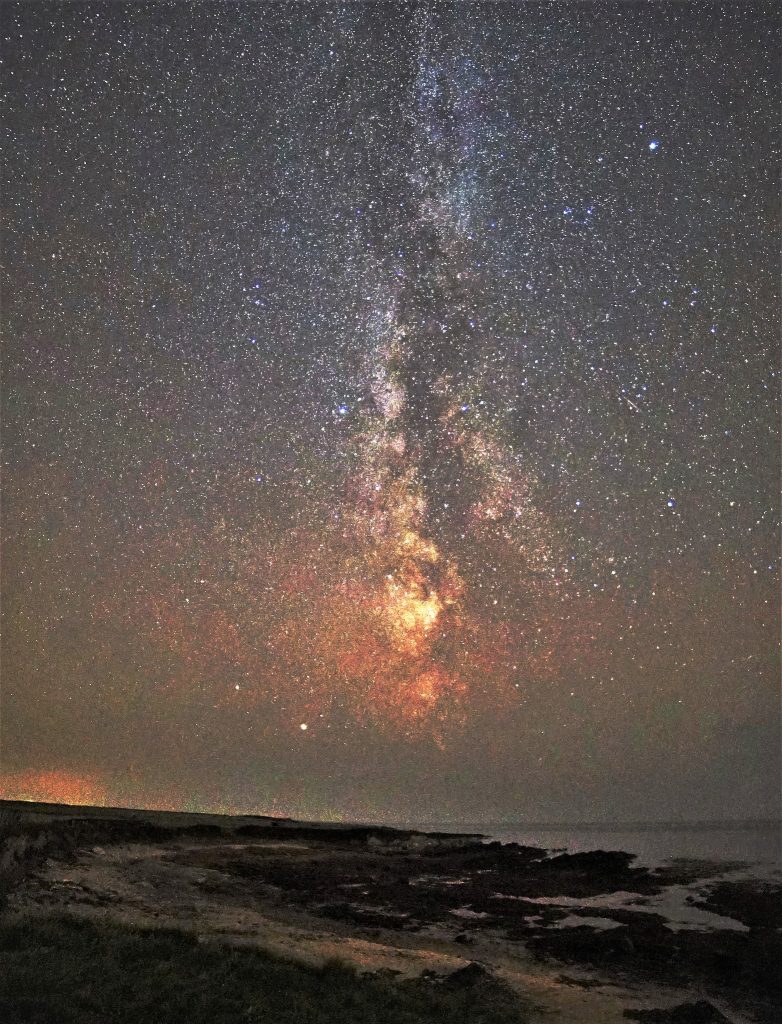
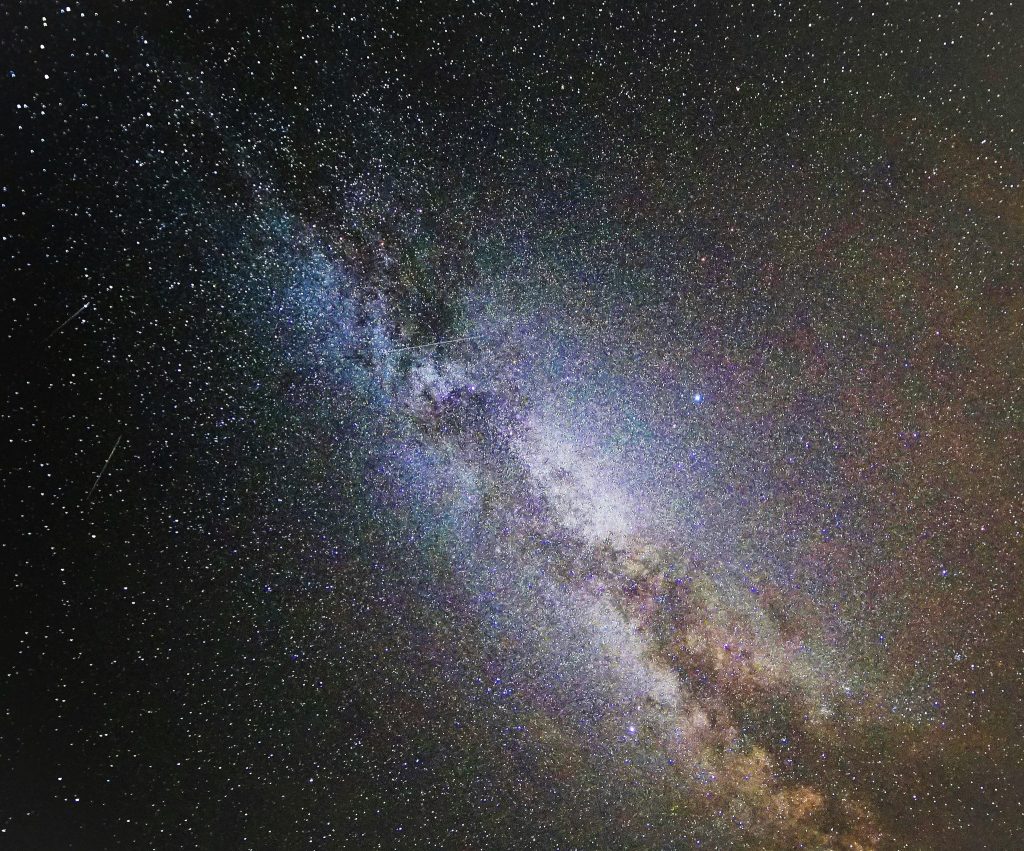
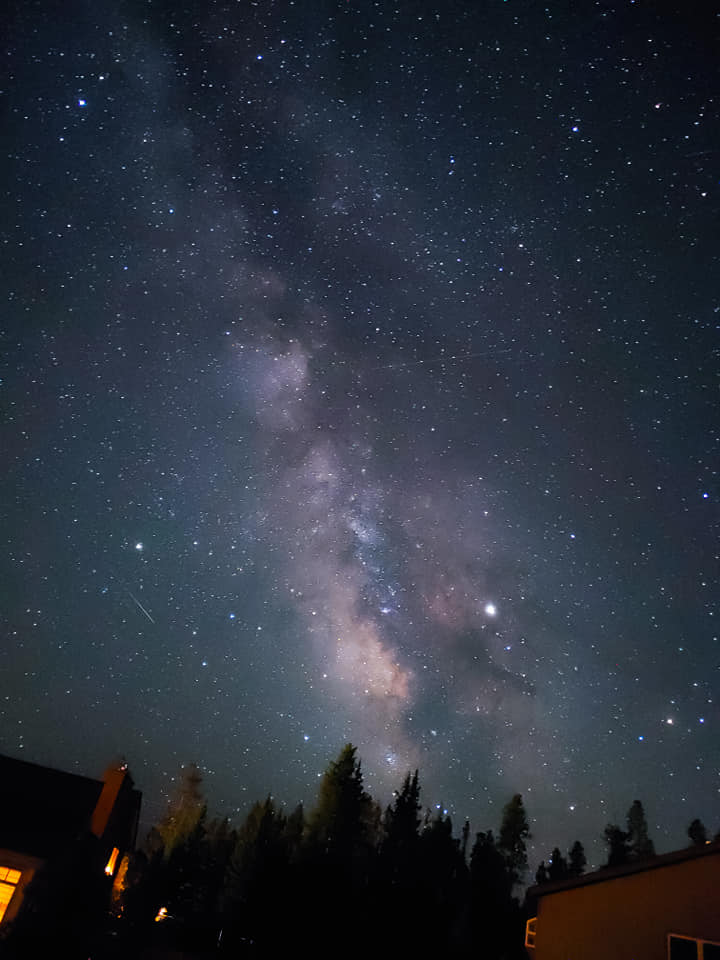
The Milky Way is our home galaxy. Milky way is a barred spiral galaxy that stretches approximately 100,000 light-years in diameter. You can view the Milky Way through a telescope, but it’s impossible to see the entire galaxy structure at once due to its enormous size. A telescope allows for a more detailed view of this celestial wonder, revealing star clusters like the Pleiades and Hyades, nebulae such as the Carina Nebula, and dark lanes of interstellar dust and gas. To observe these captivating features, a telescope with an aperture of at least 60 mm and a moderate to high magnification power (around 100-200x) is required.
The full structure of the Milky Way galaxy, its outer spiral arms, and the supermassive black hole at its center cannot be seen. For a more comprehensive understanding of the Milky Way, astronomers use space-based telescopes like the Hubble Space Telescope and ground-based telescopes such as the Atacama Large Millimeter/submillimeter Array (ALMA), which can observe the galaxy in various wavelengths.
Reflector, refractor, and catadioptric telescopes are recommended to observe the Milky Way. An ideal aperture range is 150mm to 200mm for a more detailed view, and a focal length of 700mm to 1000mm is suitable. A wide field of view of around 1-2 degrees is also recommended. Suitable telescopes include the Celestron NexStar 8SE, Celestron NexStar 130SLT, Orion 8945 SkyQuest XT8, and Meade Instruments Infinity 102mm AZ Refractor. Observe from a dark sky location and avoid full moon nights to minimize light pollution and ensure a clearer view of the Milky Way.
Can you see the Milky Way with a telescope?
You can see the Milky Way through a telescope, but it’s important to note that you cannot view the entire galaxy structure in one glance due to its immense size. The Milky Way is a vast, barred spiral galaxy that spans approximately 100,000 light-years in diameter. When observing through a telescope, you are treated to a more detailed image of this celestial wonder, rather than the familiar glowing band of light that arches across the night sky.
You can see various star clusters such as the Pleiades and Hyades, as well as nebulae like the Carina Nebula with the aid of a telescope. You can observe dark lanes of interstellar dust and gas that block the light from distant stars. The central bulge of the Milky Way, which appears as a bright, hazy patch in the constellation Sagittarius, can be seen through a telescope. You need a telescope with an aperture of at least 60 mm (2.4 inches) and a moderate to high magnification power (around 100-200x) to observe features of Milky Way.
While a telescope allows you to see numerous fascinating features of the Milky Way, there are limitations to what can be observed. For instance, you cannot see the full structure of the galaxy, its outer spiral arms, or the supermassive black hole at its center. To capture the galaxy’s faint details, a telescope with a wide field of view (1-2 degrees) and low to moderate magnification (around 50-100x) is recommended.
Can you see the Milky Way without a telescope?
Yes, you can see the Milky Way without a telescope. The Milky Way is a spectacular sight that can be observed with the naked eye from Earth. Milky Way appears as a hazy band of stars stretching across the night sky, a sight that has captivated stargazers for centuries.
The ideal conditions for viewing the Milky Way include clear, dark nights in locations far from city lights and artificial illumination. Areas with minimal light pollution, such as rural or remote locations, provide the best opportunities to see the Milky Way in all its glory. The galactic core, the brightest part of the Milky Way, is most visible during summer and early fall evenings, making these seasons prime time for Milky Way observation.
Can you see stars beyond the Milky Way without a telescope?
It is impossible to discern individual stars beyond the Milky Way without the aid of a telescope. The human eye is limited to observing those within our own Milky Way galaxy. The only exception to this is the Andromeda Galaxy which can be seen with the naked eye as a dim, elongated cloud in the constellation of Andromeda.
All the individual stars visible to us without any visual aid are located within our Milky Way. Other galaxies, including the Andromeda Galaxy, appear as faint, fuzzy patches or smudges of light to the unaided eye. To resolve individual stars, star clusters, and nebulae within these galaxies, we need the assistance of visual aids like binoculars or telescopes.
What telescope to see the Milky Way?
Reflector, refractor, and catadioptric telescopes are recommended for those seeking to explore the Milky Way. These telescope types offer the right balance between a wide field of view and moderate to high magnification power, ensuring that the galaxy’s image appears sharp and clear.
Minimum aperture of 60mm (2.4 inches) is necessary for viewing the Milky Way. Ideal aperture range of 150mm (6 inches) to 200mm (8 inches) will provide a more detailed and impressive image of our galaxy.
The focal length and field of view are crucial factors in selecting a telescope for observing the Milky Way. A focal length of 700mm (27.5 inches) to 1000mm (39 inches) and a wide field of view of around 1-2 degrees will allow stargazers to take in the vastness of our galaxy and its many celestial objects.
There are several examples of suitable telescopes for observing the Milky Way. The Celestron NexStar 8SE, with its 8-inch aperture, offers a stunning view of our galaxy. The Celestron NexStar 130SLT, with a 130mm aperture and 650mm focal length, is another excellent choice. The Orion 8945 SkyQuest XT8, boasting a 203mm aperture and 1200mm focal length, provides a clear and detailed image of the Milky Way. The Meade Instruments Infinity 102mm AZ Refractor, with its 102mm aperture and 600mm focal length, is a suitable option for those looking to explore our galaxy.
How to see the Milky Way with a telescope?
To see the Milky Way with a telescope, follow the steps listed below.
- Find a dark location with minimal light pollution, ideally with a Bortle scale rating of 2 or lower.
- Select a wide-angle eyepiece with a focal length of 20-30 mm for a field of view of 1-2 degrees.
- Set your telescope to a low magnification of 20-50x.
- Locate the Milky Way’s center by pointing your telescope towards the constellation Sagittarius, using a star chart or planetarium software if needed.
- Adjust your telescope’s focus for a sharp and clear image, potentially using a higher-power eyepiece to fine-tune the focus.
- Observe the Milky Way’s details, such as the central bulge, sweeping arms, and dark lanes.
- Ensure careful planning and preparation for the best viewing experience.
To see the Milky Way through a telescope, the first step is to find a dark location with minimal light pollution. The Bortle scale, which measures the brightness of the night sky, is a useful tool for this purpose. Choose a spot with a Bortle scale rating of 2 or lower to ensure the best viewing conditions.
Once you have found a suitable location, the next step is to select the right eyepiece for your telescope. A wide-angle eyepiece with a focal length of 20-30 mm is recommended, as it provides a field of view of 1-2 degrees. This allows you to take in the vast size of the Milky Way galaxy and observe its broad structure.
It is important to set your telescope to a low magnification. A magnification of 20-50x is ideal for observing the Milky Way’s sweeping arms and central bulge. Higher magnifications may reveal smaller details, but they can make it harder to see the galaxy’s overall structure.
Point your telescope towards the constellation Sagittarius to locate the Milky Way’s center. A star chart or planetarium software can be helpful for this purpose. Adjust your telescope’s focus to ensure a sharp and clear image once you have located the Milky Way’s central bulge. You need to use a higher-power eyepiece to fine-tune the focus.
With your telescope properly set up, you can now observe the Milky Way’s details. Look for the central bulge, a bright, oval-shaped region containing hundreds of millions of stars. You may be able to see the galaxy’s sweeping arms, which curve outward from the central bulge. Keep an eye out for dark lanes, regions of interstellar gas and dust that block our view of stars behind them.
How to find the Milky way?
To find the Milky Way, follow the steps listed below.
- Use stargazing apps like Stellarium, PhotoPills, and Star Walk to locate the Milky Way.
- The best time to see the Milky Way is during the “Milky Way season” from April to October.
- Avoid light pollution by finding dark sky locations, such as national parks, forests, and rural areas.
- In the northern hemisphere, look towards the southern sky; in the southern hemisphere, use the Southern Cross constellation as a guide.
- Allow your eyes 20-30 minutes to adjust to the darkness for better visibility.
- Use a camera with manual settings and a wide aperture lens (f/2.8 or wider) on a tripod to capture the Milky Way.
- Enhance your view with binoculars or a telescope to see star clusters, nebulae, and dark lanes of interstellar gas and dust.
- Wait for a clear, moonless night and look for a hazy, bright band of light between 9 PM and 3 AM.
- Capture images of the Milky Way using long-exposure shots.
- Use specific patterns of bright stars, such as the Summer Triangle or the constellation Sagittarius, to help locate the Milky Way.
- With planning, patience, and the right tools, you can witness the breathtaking sight of our galaxy without professional equipment or extensive astronomy knowledge.
Start by using stargazing apps such as Stellarium, PhotoPills, and Star Walk. These apps can pinpoint the location of the Milky Way using your date, time, and location data, making it easier to find this celestial wonder.
The best time to see the Milky Way is during the “Milky Way season” which lasts from April to October. The galactic core, the center of the Milky Way, is visible a few hours after sunset and remains so until before sunrise.
Avoid light pollution to get the best view of Milky Way. This means getting away from city lights and finding dark sky locations. National parks, forests, and rural areas are ideal for stargazing. The Bortle scale is a useful tool for measuring light pollution, with a rating of 2 or lower being the best for viewing the Milky Way.
In the northern hemisphere, you should look towards the southern sky. In the southern hemisphere, the Southern Cross constellation can be used as a guide. It’s important to give your eyes 20-30 minutes to adjust to the darkness. This will allow you to see the faint glow of the Milky Way better.
A camera with manual settings can be a great tool for capturing the Milky Way. Using a wide aperture lens (f/2.8 or wider) and a tripod can help you capture the Milky Way in all its glory. You can use these apps to plan when the Milky Way will be visible and its position relative to your location.
Binoculars or a telescope can enhance your view of the Milky Way’s details. They can help you see star clusters, nebulae, and dark lanes of interstellar gas and dust. Use star charts or apps like Sky Map and Stellarium Mobile if you are having trouble spotting the Milky Way.
When looking for the Milky Way, wait for a clear, moonless night. The best viewing times are between 9 PM and 3 AM, as the Milky Way is highest in the sky during these times. Face south and look for a hazy, bright band of light. This band of light is the Milky Way (our galaxy) which is so large that it appears to span the entire night sky.
Capture images of the Milky Way using a camera mounted on a tripod or a telescope. Long-exposure shots can reveal the Milky Way’s structure and faint details. Look for patterns of bright stars such as the Summer Triangle (Vega, Deneb, and Altair) or the constellation Sagittarius if you are having trouble finding the Milky Way. These patterns help you navigate to the region of the sky where the Milky Way is visible.
